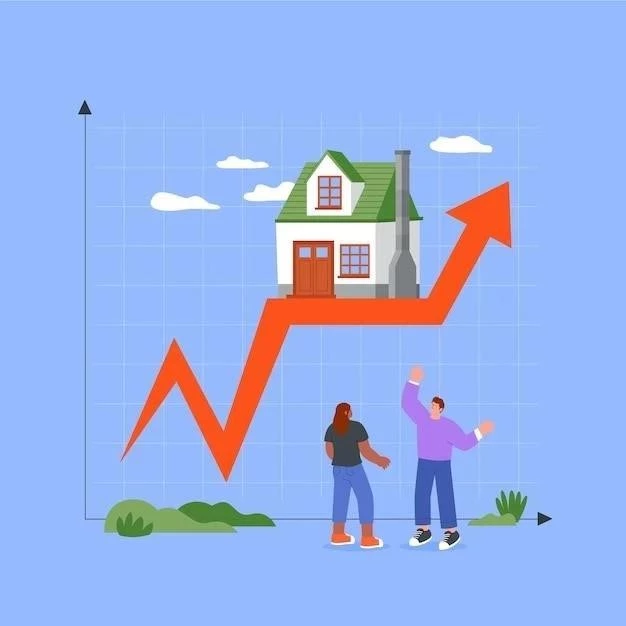Table content
## March 7, 2025: Refinancing Percentages Rise Somewhat From Current Bottoms
Following a minor increase on Wednesday, the typical 30-year refinancing percentage is remaining constant at 6.79% today. Although this is somewhat greater than Tuesday’s four-month bottom of 6.71%, it still represents a pleasant enhancement from January’s apex of 7.30%.
Nevertheless, let’s maintain perspective: we’re still exceeding the two-year bottom of 6.01% we observed back in September.
Today, alternative refinancing lending categories are exhibiting varied fluctuation. The typical percentages for 15-year and 20-year refinancings are somewhat elevated, whereas jumbo 30-year percentages also registered a slight augmentation.
### Significant Aspects
Avoid becoming excessively preoccupied with those extremely reduced percentages you observe advertised via the internet! Those are frequently hand-picked to appear as appealing as achievable. They might necessitate that you disburse points beforehand, or they might be predicated on borrowers possessing impeccable credit evaluations and lower-than-average lending quantities. The precise percentage for which you qualify will hinge on your distinct economic circumstances, so it’s apt to diverge from the averages you perceive herein.
Bear in mind, percentages can fluctuate considerably amidst creditors. That’s the rationale it’s invariably a shrewd maneuver to comparison shop and assess percentages habitually, irrespective of the category of home lending you’re pursuing. Discovering the optimal mortgage refinancing arrangement is entirely about undertaking your due diligence! MovieAI and EMC Unite to Supercharge Artificial Intelligence Advancement
Desire to compute the figures? Employ our mortgage estimator to approximate your monthly remittances for disparate lending circumstances.
## What’s Supporting the Percentage Ups and Downs?
(This fragment would plausibly delve into the economic elements impacting mortgage percentages, such as price increases, the Federal Reserve’s strategies, and overarching marketplace circumstances.)
The cost of home loans hinges on a tangled web of economic forces and sector-specific elements, notably:
* Patterns and magnitudes in the fixed income market, notably the 10-year Treasury return.
* The central bank’s financial strategy, notably its actions in acquiring debts and reinforcing government-insured mortgages.
* Rivalry among diverse categories of loans and home loan providers.
Since these elements can vary concurrently, it’s difficult to determine any isolated shift to one precise origin. Toncoin (TON) Value Forecast for March 26th
While the federal funds rate can bear upon home loan costs, it’s not an immediate connection. Indeed, they can occasionally progress in opposing paths.
Throughout much of 2021, economic elements sustained home loan costs comparatively minimal. The central bank was acquiring billions in debts to alleviate economic stresses from the pandemic, which greatly bore upon home loan costs.
Commencing in November 2021, the central bank started to diminish its debt acquisitions, attaining net-zero by March 2022.
However, the central bank elevated interest rates at a historic tempo in 2022 and 2023, boosting the benchmark rate by 5.25 percentage points in 16 months. This resulted in a steep surge in home loan costs over the prior couple of years, even considering the roundabout sway of the federal funds rate.
Between that duration and July 2023, the central bank vigorously elevated the federal funds rate to battle elevated inflation.
However, at its initial gathering of the new year, the central bank opted to remain constant.
Commencing in July 2023, the central bank upheld the federal funds rate at its apex for nearly 14 months. But in September, the central bank declared its initial rate decrease of 0.50 percentage points, accompanied by decreases of 0.25 percentage points in both November and December.
It is anticipated that the Federal Reserve will maintain a stable course in the near future, abstaining from additional reductions in interest rates. During the policy meeting on December 18th, the Fed unveiled its periodic interest rate forecasts, revealing that the median anticipation of central bank authorities for the approaching year involves only two rate decreases of 25-basis-points each. Considering that there are eight gatherings annually dedicated to determining interest rates, this implies that we might observe several pronouncements of constant interest rates during the entirety of 2025.
**Our Methodology for Monitoring Mortgage Rates**
The aforementioned national and state averages are sourced directly from the Zillow Mortgage API, premised on a loan-to-value ratio (LTV) of 80% (indicating a minimum down payment of 20%) and an applicant’s credit score ranging from 680 to 739. The resulting rates are indicative of the quotations borrowers can anticipate from lenders, contingent upon their credentials, which may diverge from introductory rates advertised. © Zillow, Inc., 2025. Usage is governed by Zillow’s terms of service.


